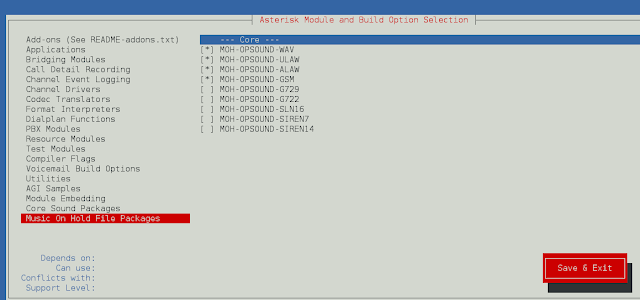Sometimes we need to find out the indices of all null elements in the array. Numpy provides many functions to compute indices of all null elements.
Method 1: Finding indices of null elements using numpy.where()
This function returns the indices of elements in an input array where the given condition is satisfied.
Syntax :
numpy.where(condition[, x, y]) When True, yield x, otherwise yield y
Python3
# importing Numpy packageimport numpy as np# creating a 1-D Numpy arrayn_array = np.array([1, 0, 2, 0, 3, 0, 0, 5, 6, 7, 5, 0, 8])print("Original array:")print(n_array)# finding indices of null elements using np.where()print("\nIndices of elements equal to zero of the \given 1-D array:")res = np.where(n_array == 0)[0]print(res) |
Output:
Time complexity: O(n) – where n is the size of the array
Auxiliary space: O(k) – where k is the number of null elements in the array, as we are storing their indices in a separate array.
Method 2: Finding indices of null elements using numpy.argwhere()
This function is used to find the indices of array elements that are non-zero, grouped by element.
Syntax :
numpy.argwhere(arr)
Python3
# importing Numpy packageimport numpy as np# creating a 3-D Numpy arrayn_array = np.array([[0, 2, 3], [4, 1, 0], [0, 0, 2]])print("Original array:")print(n_array)# finding indices of null elements # using np.argwhere()print("\nIndices of null elements:")res = np.argwhere(n_array == 0)print(res) |
Output:
The time complexity of the code is O(m * n) where m and n are the dimensions of the 3-D Numpy array .
The auxiliary space complexity of the code is O(k) where k is the number of null elements in the 3-D Numpy array .
Method 3: Finding the indices of null elements using numpy.nonzero()
This function is used to Compute the indices of the elements that are non-zero. It returns a tuple of arrays, one for each dimension of arr, containing the indices of the non-zero elements in that dimension.
Syntax:
numpy.nonzero(arr)
Python3
# importing Numpy packageimport numpy as np# creating a 1-D Numpy arrayn_array = np.array([1, 10, 2, 0, 3, 9, 0, 5, 0, 7, 5, 0, 0])print("Original array:")print(n_array)# finding indices of null elements using # np.nonzero()print("\nIndices of null elements:")res = np.nonzero(n_array == 0)print(res) |
Output:
The time complexity is O(n), where n is the number of elements in the input array.
The auxiliary space complexity is O(k), where k is the number of null elements in the input array.
Method 4: Using numpy.extract() method
Use the numpy.extract() method. This method returns an array of values that satisfy a certain condition. In this case, we can use it to extract the indices of elements that are equal to zero.
Python3
# importing Numpy packageimport numpy as np# creating a 1-D Numpy arrayn_array = np.array([1, 0, 2, 0, 3, 0, 0, 5, 6, 7, 5, 0, 8])print("Original array:")print(n_array)# finding indices of null elements using np.extract()print("\nIndices of elements equal to zero of the \given 1-D array:")res = np.extract(n_array == 0, np.arange(len(n_array)))print(res) |
Output:
Original array: [1 0 2 0 3 0 0 5 6 7 5 0 8] Indices of elements equal to zero of the given 1-D array: [ 1 3 5 6 11]
Time complexity: O(n), where n is the length of the input array.
Auxiliary space: O(m), where m is the number of elements in the input array that are equal to zero.







